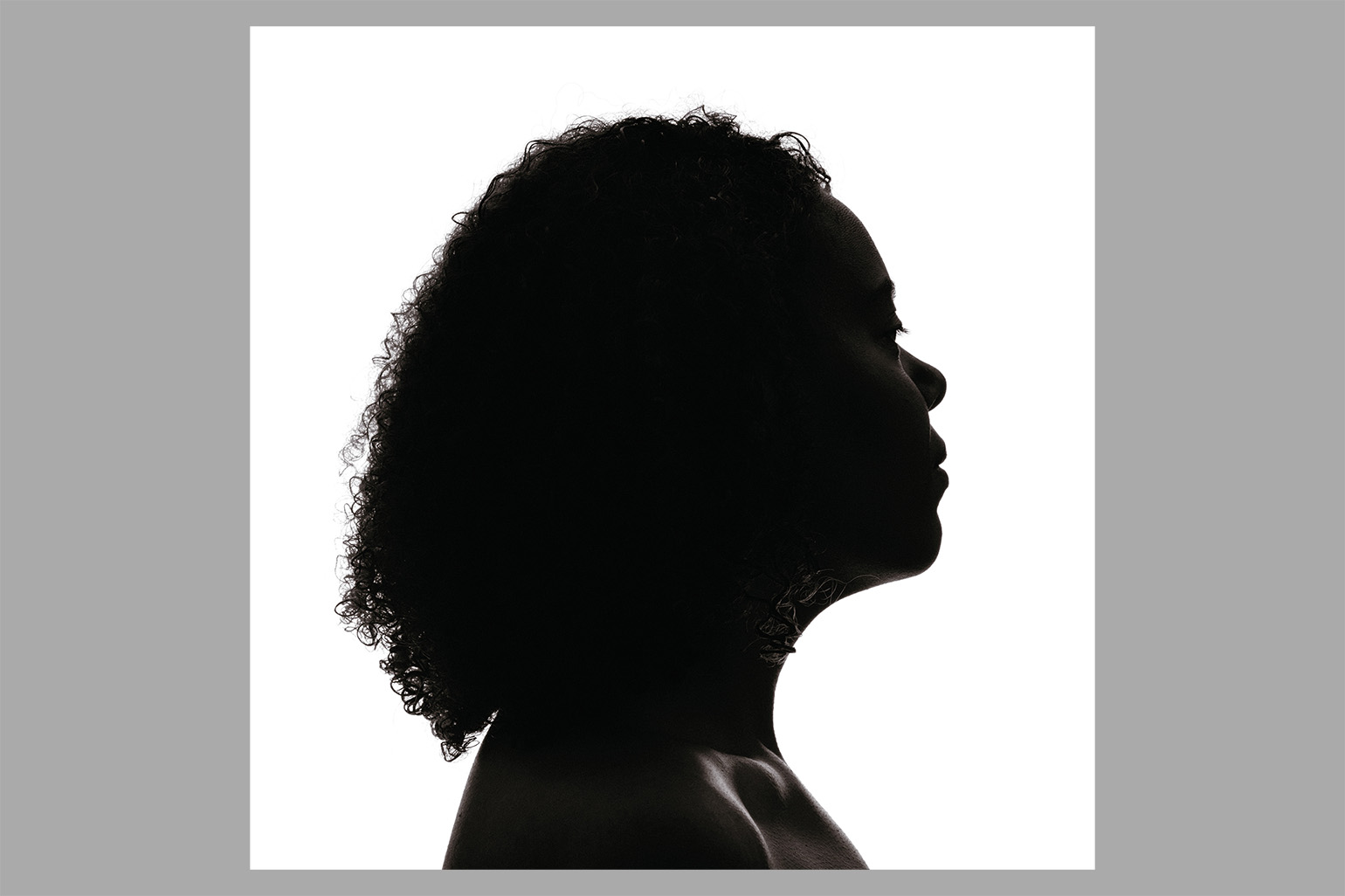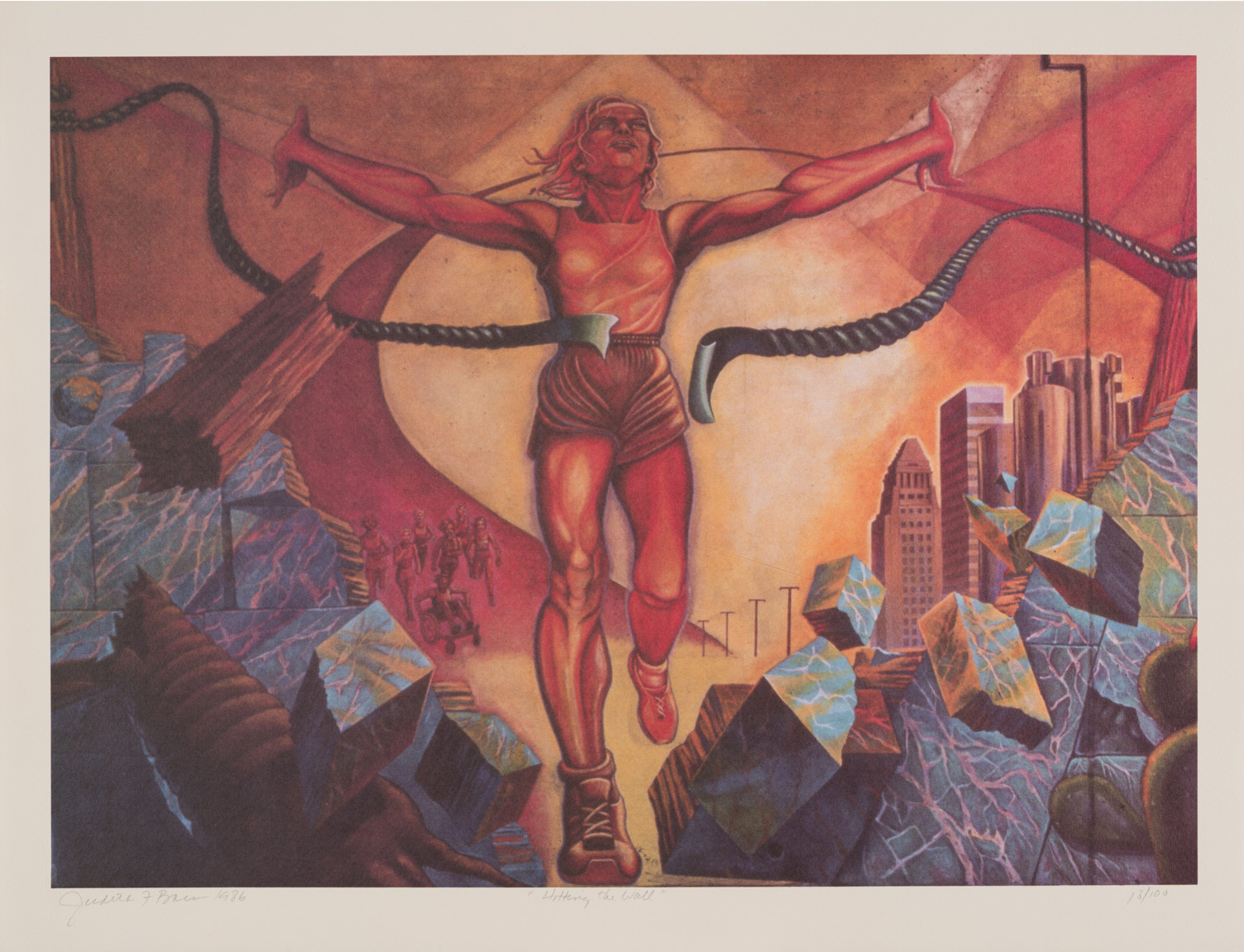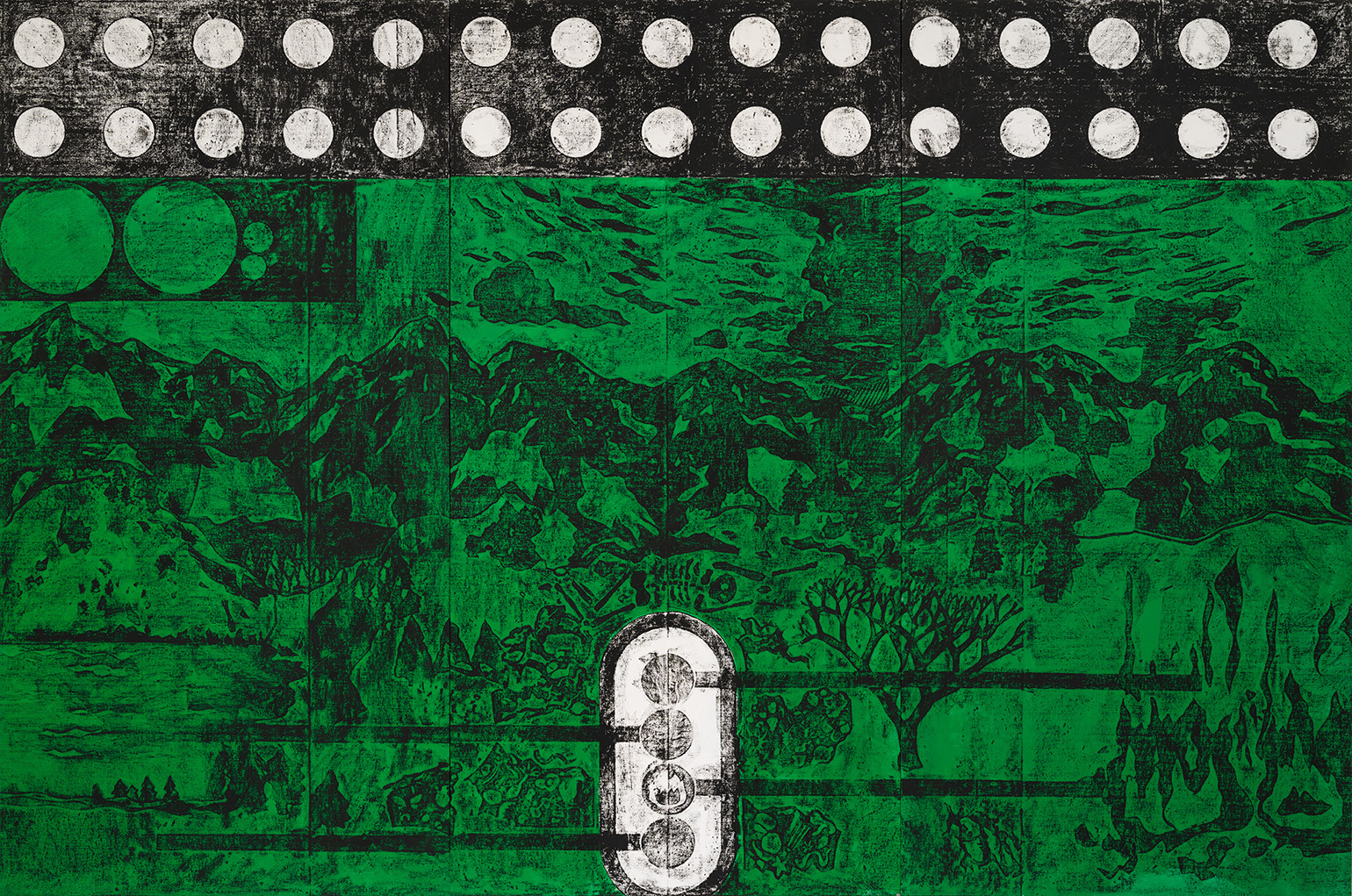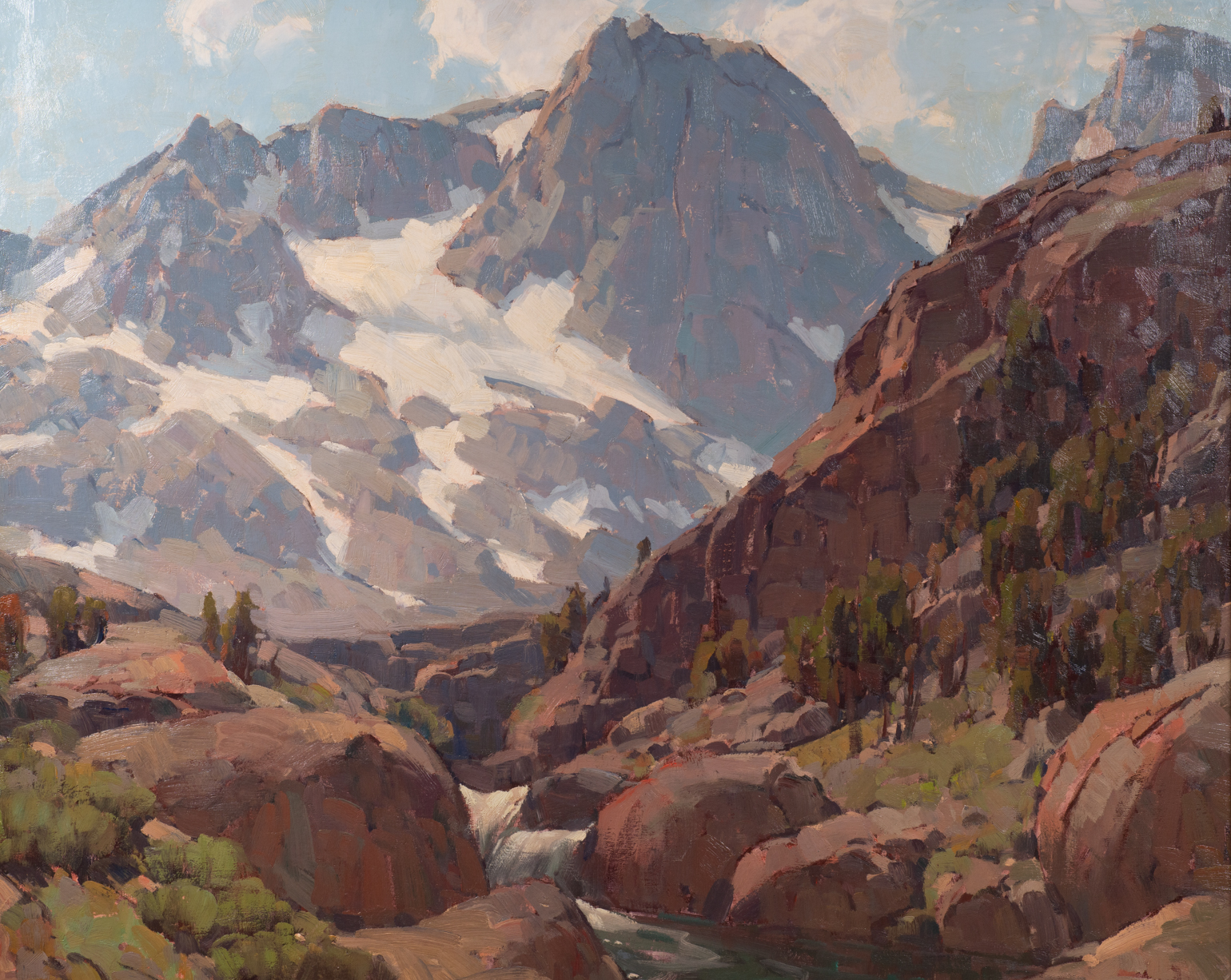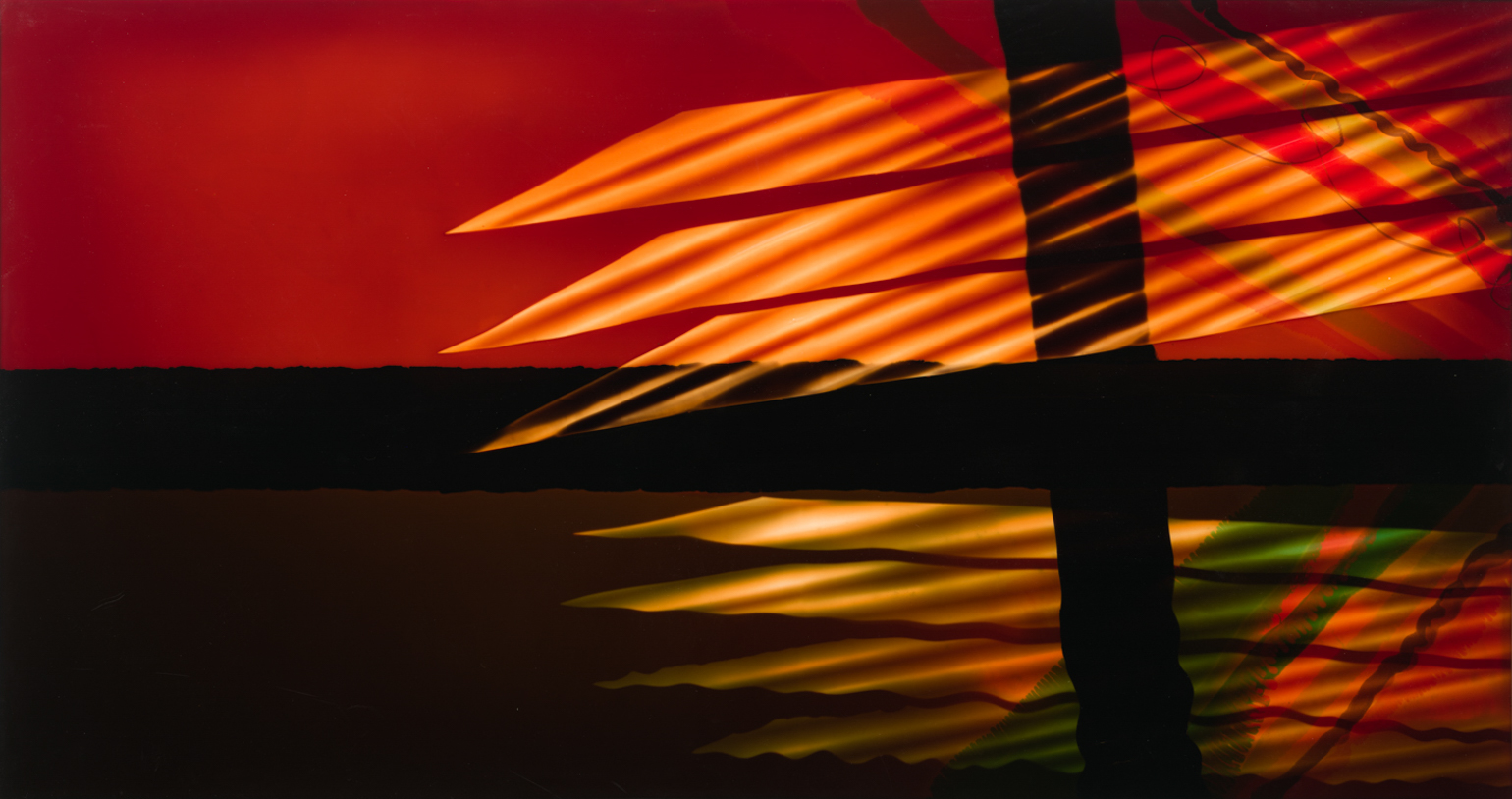![Hinkle Kenyatta A.C. Hinkle, <em>THEY: A Temple of Black Possibility [Allensworth Pt. 1-3]</em>, 2022, Arches cover, acrylic paint, magazine, glitter, watercolor paper, cotton paper on inkjet print, Dimensions variable, Commissioned by UCI Jack and Shanaz Langson Institute and Museum of California Art on occasion of the Dissolve exhibition (2022), museum purchase with additional support by Janet Mohle-Boetani, MD, © 2022 Kenyatta A.C. Hinkle](https://imca.uci.edu/wp-content/uploads/2023/08/Hinkle-.jpg)
THEY: A Temple of Black Possibility [Allensworth Pt. 1-3]
Kenyatta A.C. Hinkle
THEY: A Temple of Black Possibility [Allensworth Pt. 1-3] (2022)
Museum purchase with additional support by Janet Mohle-Boetani, MD
In THEY: A Temple of Black Possibility [Allensworth Pt. 1-3] (2022), commissioned by Langson IMCA for the 2022 exhibition Dissolve, Kenyatta A.C. Hinkle (b. 1987, Louisville, KY) conjures dream-like images by collaging reproductions of archival photographs and postcards layered against blue and yellow backgrounds. The work emerges from Hinkle’s continued research into her own family’s presence in Allensworth, which in 1908 became the first Black-founded city in California. Intended as a self-sufficient sanctuary for Black people with its own government, schools, and farms, the town ultimately fell prey to water contamination. Hinkle resurrects its memory to suggest the continued possibility of Black utopias.
This commission demonstrates Langson IMCA’s commitment to supporting the work of Black women artists as well as artworks based on historical research into California’s communities of color.
Year acquired: 2023

